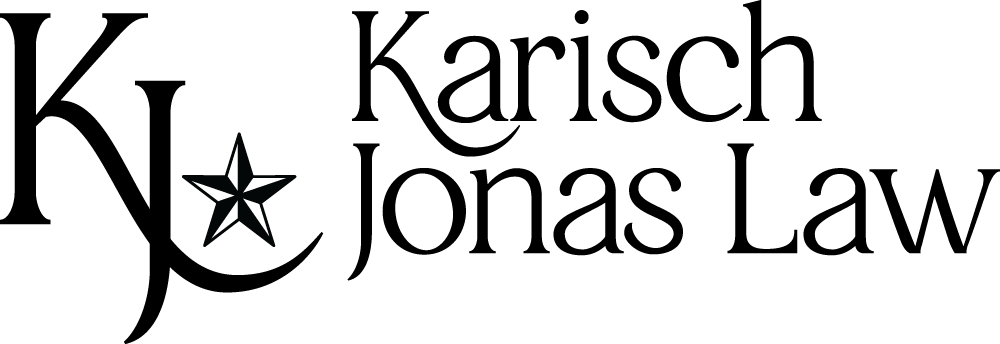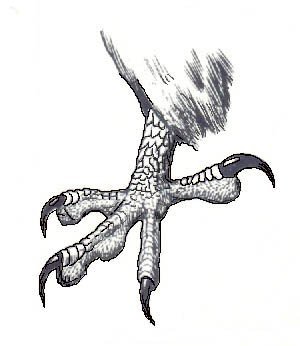Glenn Karisch’s Texas Probate Resources
Welcome to the Texas Probate Resources website, your source for information on estate planning, probate, and trust law in Texas. This site is owned and maintained by Glenn Karisch of Karisch Jonas Law, PLLC, in Austin, Texas. For information dating from before February 1, 2011, visit the legacy site at texasprobate.net.
Texas Probate
Steve Akers' Heckerling Musings (2011)
Steve Akers of Bessemer Trust has published his summary of discussions and presentations at the 45th Annual Philip E. Heckerling Institute on Estate Planning held in January 2011. It is hard to imagine anyone more qualified to report on such an event than Steve. The 96-page paper goes beyond a mere summary to include general discussions of the Tax Relief, Unemployment Insurance Authorization, and Job Creation Act of 2010 and its implications on estate planning.
Steve's summary is available here and on Bessemer's website.
Among the many topics covered is the possible clawback tax on gifts made in 2011 and 2012 if the tax-free amount is reduced in later years. Steve also summarizes the planning suggestions of prominent tax practitioners as well as their predictions about what will happen in 2012.
Two-year window for making gifts -- use it or lose it?
The Tax Relief, Unemployment Insurance Reauthorization, and Job Creation Act of 2010 signed into law on December 17, 2011, creates an unprecedented opportunity for wealthy individuals to make tax-motivated gifts -- but only in 2011 and 2012. Individuals may give up to $5 million to loved ones (married couples may give up to $10 million) without having to pay gift tax. Prior to 2011, the most that could be given was $1 million ($2 million for married couples). While the law permitting gifts at this level may be extended beyond 2012, as things stand now the limit will revert back to $1 million in 2013.
Tax-free transfer amounts have never been this high
The lifetime tax-free amount for estate and generation-skipping (GST) purposes grew steadily from near $1 million in 2001 to $3.5 million in 2009. During that same span, however, the lifetime tax-free amount for gift taxes was stuck at $1 million.
Because Congress failed to act in 2009 to extend the estate tax, Americans experienced a year of uncertainty in 2010. In theory, there was no estate or GST tax in 2010, but there was the threat of retroactive imposition of the tax. There was no uncertainty about the gift tax in 2010 -- the tax-free limit stayed at $1 million.
The 2010 tax law reinstated the estate and GST tax for two years and set the lifetime tax-free amounts at $5 million. This was unexpected, but at least had been discussed as a possibility. What was completely unexpected was that the gift tax tax-free amount also would be bumped to $5 million. The gift, estate and GST tax-free amounts have not been "unified" this century.
Transfer tax rates have never been this low
The 2010 tax law also set the rate for the estate, gift and GST tax for 2011 and 2012 at 35%. Rates have not been that low since the implementation of the current estate and gift tax scheme in 1981. In 2001, taxes were based on a sliding rate schedule which topped out at 55%. The rate was gradually reduced to 45% in 2007 - 2009. If Congress does nothing to change the law, the maximum rate will jump back to 55% in 2013.
What will happen in 2013?
Unless Congress changes the law, in 2013 the gift tax, estate tax and GST tax-free amounts will fall from these unprecedented levels to $1 million (or approximately $1,100,000 for the GST). No one knows if Congress will extend the $5 million tax-free amount. Many observers think it will be difficult politically for Congress to reduce the tax-free amount, so they speculate that we will never see tax-free amounts of less than $5 million. However, most of these same observers were wrong when they predicted that Congress would act in 2009 to prevent a one-year repeal of the estate tax.
The smartest course may be to act now
Since the lower tax-free amounts and the higher rates may return in 2013, the wisest course for persons who can afford it is to make gifts of up to the tax-free amount in 2011 or 2012. The advantages include:
The ability to take advantage of the high gift tax exemption amount while it is available.
The ability to get not only the amount of the gift out of the donor's estate but also the appreciation on the property that is given between the date of the gift and the date of the donor's death.
Gifts may be made outright or in trust.
Gifts of illiquid assets, such as undivided interests and real property or limited partnership interests, may be given.
The effectiveness of the gift may be enhanced if it is made to a trust which is treated as a "grantor trust" for income tax purposes.
Possible concerns are:
As always, donors should not give away assets which they may need for their own use and support.
In order to be effective, the donor must give up control and use of the property. While some restrictions may be placed on the use of the property by others, the gift must be irrevocable and complete.
The gifts must be made while the current law is in place (in 2011 or 2012).
There is some risk of a "claw-back" tax being imposed at the donor's death. The claw-back tax will be the subject of a separate post on texasprobate.com. While most observers think this is unlikely, many of the benefits of the gift will be achieved even if it happens. Donors should understand this risk before making gifts under the new law.
A gift tax return must be filed and some or all of the donor's lifetime gift tax exemption will be used.
The complexity of the new law and the dollars involved -- both the dollar amount of the gifts and the dollar amount of the taxes at stake -- mean that donors should consult with qualified estate planning counsel before acting. For more information, contact Glenn Karisch.
Will there be a claw-back tax?
Congress and President Obama gave wealthy Americans a gift when they enacted the Tax Relief, Unemployment Insurance Reauthorization, and Job Creation Act of 2010 -- in 2011 and 2012, gifts of up to $5 million may be made without paying gift tax.
This is a great opportunity for giving, and estate planning professionals are nearly unanimous in encouraging clients who have sufficient means to take advantage of the high lifetime gift tax exemption amount. Still, there's a slight reluctance to embrace the strategy -- the possibility of a "claw-back" tax.
The claw-back
Gifts of up to $5 million in 2011 or 2012 may incur no gift tax. What happens, though, if the tax-free amount is less than $3 million when the donor dies?
When preparing the Form 706 -- Federal Estate Tax Return, prior taxable gifts are taken into account -- "brought back into the estate" -- at the date-of-gift value for purposes of calculating the estate tax amount. Since the Form 706 will incorporate the tax-free amount in effect on the date of death, if that tax-free amount is less than the amount of the prior gifts, the donor's estate may be liable for estate tax on the value of the previously-tax-free gifts -- those gifts may be "clawed back" into the estate.
It is not likely to happen...
Most observers believe the claw-back will not happen. Some point to the obvious public policy concerns raised by such a tax. It seems inequitable for taxpayers to make gifts in reliance on the current tax law and to later be subject to tax because those laws change.
Others point to Section 304 of the 2010 tax law, which says that Section 901 of the Economic Growth and Tax Relief Reconciliation Act of 2001 applies to the estate and gift tax amendments made by the 2010 act. Section 901 of EGTRRA says that, once the act has ceased to apply, the Internal Revenue Code shall be applied and administered as if the provisions and amendments of that act "had never been enacted." Writing on the ACTEC-PRAC mailing list, Dan Evans of Philadelphia says he reads this to mean that the gift tax payable under Section 2001(b)(2) of the Internal Revenue Code would be calculated in 2013 based on a unified credit of $345,800, because that's the only credit that would have ever existed, and in that case, any estate tax on lifetime gifts in excess of $1 million disappears. Dan's full article on the claw back is available at www.leimbergservices.com (subscription required).
...But what if it does?
If the claw-back happens, the donor's estate still is likely to have benefited from the gifts made in 2011 and 2012. The claw-back would be at the amount of the taxable gift, not the current value of the property given away. Therefore, the appreciation on the property given will not be taxed. If the gift had not been made, the amount of the gift plus appreciation would be subject to tax.
Here's an example: Donor makes a $5 million gift in 2011, files the required gift tax return and pays no gift tax. Donor dies in 2015. At the time of Donor's death, the property given in 2011 has appreciated in value to $8 million. If the amount of the estate tax exemption for persons dying in 2015 is $1 million, then the gift may be clawed back into the estate at the $5 million amount, meaning that estate tax would be due on the $4 million that is in excess of the 2015 tax-free amount. The $3 million of appreciation is not taxed. If Donor had not made the gift, the full $8 million would be included in Donor's estate.
Fear the claw, but give anyway
What should donors do in light of the possible claw-back? In most cases, they should make gifts as if the claw-back was not a possibility. Donors should be made aware of the risk, but they types of donors making gifts of this size are very likely to benefit from giving even if the claw-back occurs.




